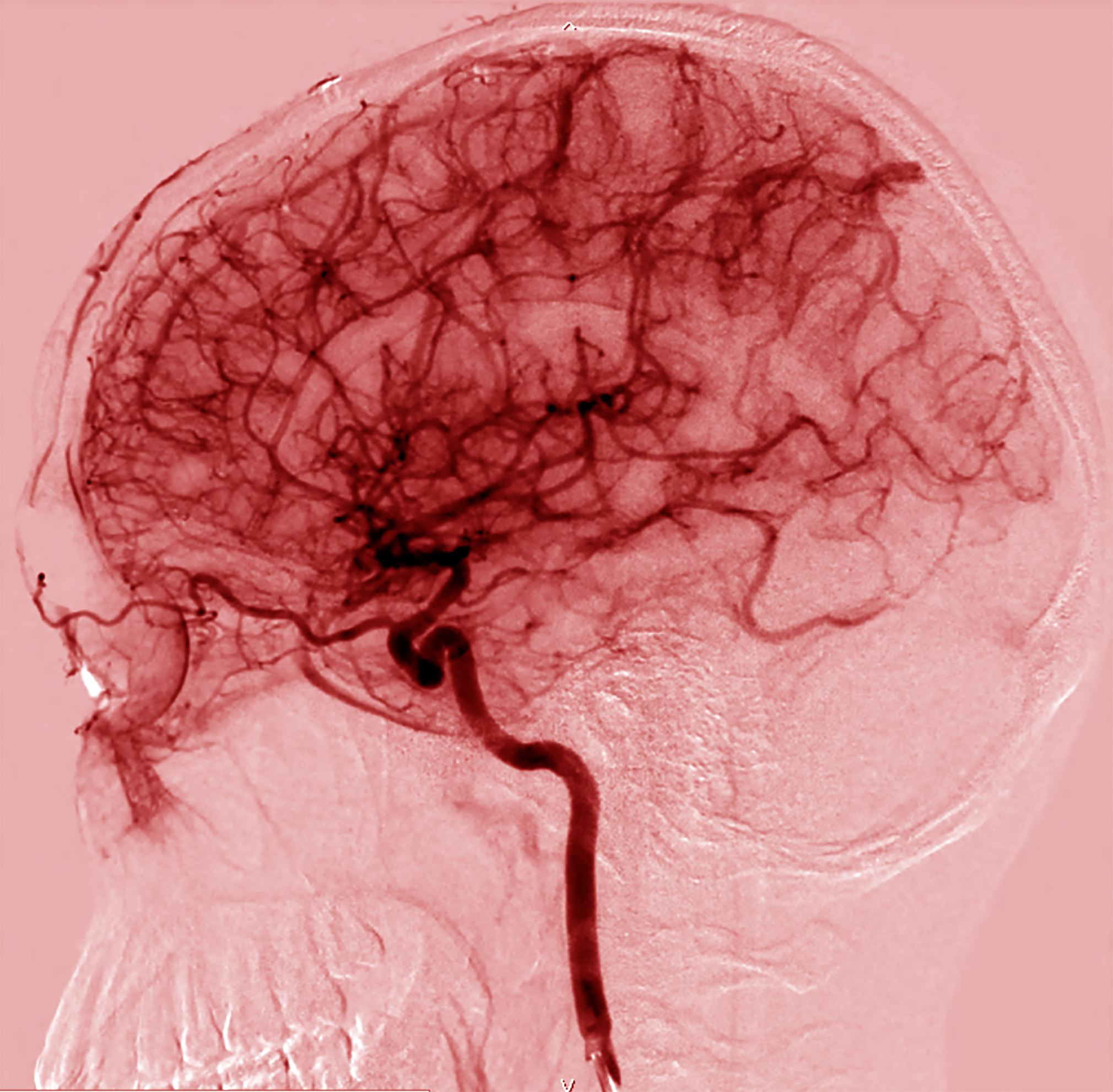
The VIP section: velvet ropes for the brain and how to get in
New work from two groups advances tools to model the blood-brain barrier and could improve the way drugs are delivered for brain diseases. This builds on our ability to study, and eventually treat, Huntington’s disease.

Two separate research groups recently published work on the blood-brain barrier (BBB). You can think of the BBB like a bouncer that keeps the riffraff out of the VIP section that is your brain. One group advanced how the brain’s barrier is modeled in the lab using stem cells. Another group developed a harmless virus that can be delivered intravenously (by IV) and get past the brain’s barrier to deliver drugs. While Huntington’s disease (HD) wasn’t specifically studied in either publication, both can advance how we study HD in the lab and eventually treat the disease.
Your brain is a VIP
Your brain is like a VIP section – not everything floating around in your blood and body is allowed there. Bacteria and viruses that may make your stomach or lungs sick are kept out of the brain. Even certain medicines are excluded, like antibiotics.

The brain’s bouncer is called the blood-brain barrier, or BBB for short. The BBB is incredibly selective about what is allowed into our brains. It’s established very early during development, before we’re ever born. Because the brain is so delicate, the BBB ensures that only privileged molecules and substances can get in.
While many people envision a membrane that covers the outside of the brain, the BBB is actually created by the blood vessels that run throughout the brain. Think of velvet ropes that line streets with exclusive clubs rather than a glass dome that sits atop the city. The BBB is a tight meshwork of cells that line the brain’s blood vessels, carefully choosing which substances are allowed in and which are pumped along with each heartbeat, until they pass by the velvet ropes along the streets of the brain’s VIP entrance.
Pros and cons of the VIP bouncer
Being so selective about which substances are allowed in helps to keep our brains healthy. But it also poses an issue for developing medicines to treat brain diseases. The BBB works in our favor when it’s keeping out unwanted guests, but sometimes we want things in that get stopped at the gates!
Lots of people are working to create artificial BBB models in the lab. Modeling allows scientists to test how certain diseases affect the BBB, like if the barrier properties break down during the course of an illness. Models in dishes also let researchers test drugs before they go into people, and even before they’re tested in mice. Knowing if a drug will get stopped at the brain’s velvet ropes can go a long way in speeding up drug development.
Other researchers are working on ways to bypass the BBB for drug development. They’re devising ways to get drugs into the brain that would normally be kept out. This type of research is critical for improving the way drugs are given for brain diseases. Hopefully this could one day prevent the need for invasive delivery strategies, like brain surgery.
Velvet ropes, in a dish
A recent paper from the lab of Ziyuan Guo out of Cincinnati Children’s Hospital improved how researchers can model the BBB using stem cells. Stem cells have revolutionized the way scientists can study brain diseases. Because stem cells can be reprogrammed from skin samples and turned into brain cells in a dish, they allow researchers to study someone’s brain cells without a brain biopsy. A big win for people still using their brains!
While cells in the lab are typically grown flat on a dish, this doesn’t accurately represent the 3D nature of life. More recently, researchers have been growing nerve cells in 3D spheres, sometimes called organoids or mini-brains. While these 3D lab-grown structures can’t actually function like a brain, lacking the ability to transmit thoughts and feelings, they do give researchers a better idea of what happens when cells are grown in an environment that more closely matches the body.
Until now, these 3D spheres didn’t include the BBB. The Guo lab added to 3D brain models by including a network of blood vessels. These blood vessels adopted traits of the brain’s VIP bouncer, the BBB. While the authors of this paper didn’t test their new model using cells with HD, it opens the door for other researchers to do exactly that. This would allow them to learn how HD affects the BBB and test the ability of certain drugs to get past an HD BBB.
“Together these studies represent a leap forward in studying the BBB in the lab and developing therapeutic tools for brain diseases.”
Party crashers, but the fun ones
While most of the time, we want the BBB to bounce out the riffraff, sometimes we want to let things in that the BBB keeps out – like potential HD treatments. Getting around the BBB is always the first challenge that drug makers have to consider when designing drugs for the brain, and for HD.
New work led by the lab of Ben Deverman at the Broad Institute of MIT and Harvard details their work on a special virus that can get its contents past the BBB into the brain. Ben has been a pioneer in this space, designing and improving different iterations of harmless viruses that can act as shuttles to deliver medicines to the brain.
This new virus works by attaching to a tag on cells that form the brain’s barrier. Once the harmless virus is attached, it can deliver its contents past the BBB. This is like slipping the bouncer some cash so you can sneak in some (fun!) party crashers. The team showed that their virus specifically recognizes brain cells of the human BBB. So even though there may be similar cells elsewhere in the body, the virus is specifically shuttled to the brain even when injected through an IV. It also means that their virus should work in humans, not just in laboratory mice.
Getting into the HD club
Having improved models for studying the BBB allows HD scientists to better understand how the disease affects the barrier, and consequently, what party crashers are mistakenly let in or kept out. It also is a powerful tool for determining drug doses. By first testing drugs on mini-brains in a dish, researchers can learn if the drug can get past the BBB. They can also learn how much drug is needed when the barrier is less selective, as seems to be the case for HD.
Developing and improving viruses that can carry medicines past the BBB can lead to a major leap forward in the way that drugs are delivered. In HD, uniQure is currently testing a virus that needs to be directly injected into the brain via surgery to deliver its contents. With newer iterations of viruses, the hope is that one day such gene therapies could be delivered by IV.
Together these studies advance studying the BBB in the lab and developing therapeutic tools for brain diseases. While neither paper specifically looked at HD, these types of approaches can easily be used for HD research – and they will be!
Learn more
For more information about our disclosure policy see our FAQ…


